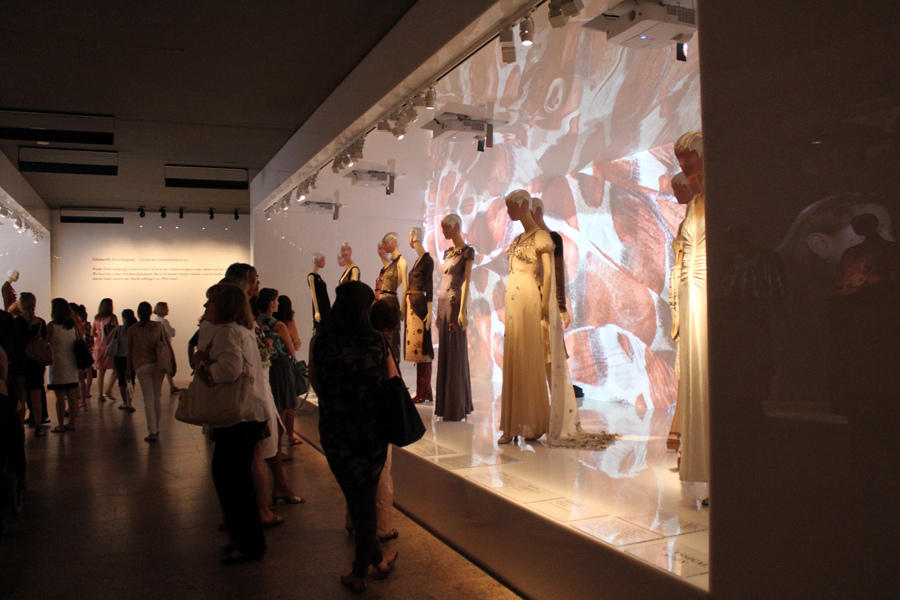Brown Innovations’ directional audio technology adds ‘fuller experience’ to digital signage installations

What if the right digital installation piece was about more than the visuals? What if it incorporated the right sound, too? Chances are, such an installation would be more memorable.
That’s what Brown Innovations is betting on, at least. Research shows that visual learning is more effective than just auditory learning – according to the Social Science Research Network, 65% of people are visual learners. But the two of them together, visual and auditory, is the most effective way to ensure a fuller experience.
Brown Innovations is attempting to perfect the sound piece with its directional audio technology. The company’s directional audio solution minimizes audio “bleed” that can be disruptive. The technology is applied at museums, corporate offices, airports and more. One of the company’s most recent installations was done at the National 9/11 Memorial and Museum, which opened in June.
At the museum, visitors are guided through 10 different stations illustrating how sporting events united the nation in the aftermath of the Sept. 11 terrorist attacks. Brown Innovations developed a new speaker for the exhibit, which provides an isolated zone of audio for small groups of people in front of each display. The product, which is about the size of a ceiling tile, also incorporates t-coil technology, allowing hearing-impaired guests with compatible devices to experience the exhibition, as well as anyone in need of language translation.
According to Maria McKinsey, director of Business Development for Brown Innovations, by incorporating this t-coil technology, it eliminates the need for separate systems or headphones and it is especially beneficial for customers with language barriers.
“Museums can offer headphones for exhibits, but that can be isolating. This system is great for museums because it is temporary and hidden,” she said. “As digital signage evolves from retail and ad space into other spaces, like museums, you need audio systems that don’t disturb other people and that’s what this does.”

A directional audio speaker at the Museum of Modern Art.
Brown Innovations incorporates this technology in other venues, as well. Directional audio allowed a nightclub in South Beach, Florida, to stay within sound ordinance parameters, for example. And at the UCLA School of Medicine, directional audio is added to desks in a collaborative classroom, so groups can work on different projects without that audio bleeding out to the other tables.
“Speakers are like legos. We have 30 different shapes and sizes – some are overhead, some are wider or go forward. It depends on where you want to create more sound,” McKinsey said.
In the past, people used to simply turn up the volume if they wanted more sound.
“It doesn’t work like that. Think of it like a cup of coffee. You want more, you don’t just fill up the cup. It’ll eventually overflow. You have to get another cup,” she said.
For digital signage, directional audio adds a layer of resonance that didn’t exist before, McKinsey adds.
“You remember 85% of what you see. If you add audio, that jumps up another 11%,” she said. “If the audio is on, people stop and become totally engaged. Audio adds a layer to your projects. It’s another sensory experience that will engage the customer and the client and create a memorable experience.
“That’s what the message is to digital signage integrators. Everything’s becoming very personalized. If you want someone to remember the message, you have to make it memorable.”
Check out video of “>Brown Innovations’ directional subwoofers project here.






